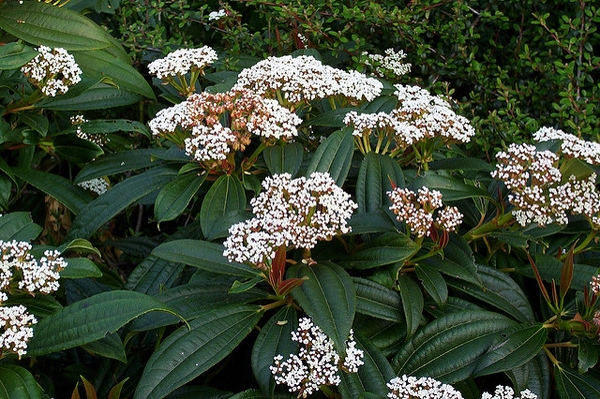By Kim Cantrell and Little Bird Gardens
Hello, sunshine. It’s so good to see you! Thankfully, we have made it through one of the coldest and rainiest spring seasons in a long time. The daffodils did bloom longer than usual, with their bright blooms alongside tulips in their vibrant display of color. What an exceptional treat, and we expect a lot more of that this summer with plants and trees alive with the buzz of bees, birds, and all essential wildlife that serves the health of our ecosystems and landscapes.
Here are a few things to remember for your gardens this summer.
Choosing the right plants
For best results, considering how much sun or shade, the type of soil, and the level of watering a plant needs, is vital. Shade-loving plants are happiest in areas that enjoy 3 to 6 hours of morning sun versus the intense heat of late afternoon. Acer palmatum, i.e. Japanese maple, finds these conditions ideal. Sun-loving plants want 6 or more hours, but even then, there is some nuance to consider. Some plants that say “sun” might need part sun versus full sun. For example, Viburnum davidii can survive in full sun, but performs better in part-sun, while shrubs like Ceanothus can take the sun’s heat all day long.
Your plants are alive and need food, just like you.
We all know watering and fertilizing are essential, but we often forget that we must step it up during the summer! I like to water in the morning to allow better absorption. Remember, water the ground as much as possible, versus your plant’s leafy and flowering areas. Our gardens benefit from a seasonal feeding of fertilizer to provide nutrients. I prefer composting over all other methods for my ornamental plants. My native plants already get many of the nutrients they need from our soil, so fertilizing is unnecessary, which is why I am a big fan of native planting.
Good bug or bad bug?
Natural control methods for aphids, cabbage moths, or other damaging pests are what I always recommend. Beneficial insects like lacewings can keep populations in check. A spray of water on aphids will wash them off the infected area, and you can cover your brassicas with a floating row cover to keep the cabbage moths from laying their eggs. Cleaning up rose petals and leaves will help reduce black spot. If you are unsure whether that bug you found is beneficial or harmful, take a picture and look it up! Insects make the world go round, and using poison to defend against harmful insects can also remove the beneficial ones. So please, be mindful!
Mulch, mulch, and mulch again
Mulching is the best method for moisture retention, weed suppression, and soil temperature regulation, regardless of the season. It promotes a more robust soil structure that will require less watering and fertilizer over time. Organic mulches such as arborist chips, grass clippings, leaves, and fern fronds laid in beautiful patterns will all offer effective mulching benefits. Remember, a 2″-4” layer is all that is needed.
Deadheading and pruning
Deadheading keeps your flowers producing longer and extends bloom time. However, knowing which plants to deadhead and which to leave alone is crucial for maintaining a healthy garden. Leaving some plants with their spent flowers will provide valuable food sources for wildlife. If you have trouble with your perennials getting leggy, try the “Chelsea Chop” early in the season. When your perennial gets to about half its intended height, take some clean pruning shears and cut back the stems by one-third to one-half, making clean cuts just above a leaf node or bud. This method makes your perennials bushier and less likely to flop over.
Have fun this summer, and plant something unusual in your garden. I’ve had success with melons in past years, but this year, I will give okra a try, thanks to our new hot summers.
Come stroll the gardens in our nursery, and visit our gift shop. We love garden talk, especially if it keeps your fruit and veggie beds happy.
Kim Cantrell has been tending gardens on Vashon for over 20 years and owns Little Bird Gardens on the property at The Country Store. Learn more at littlebirdgardens.com

